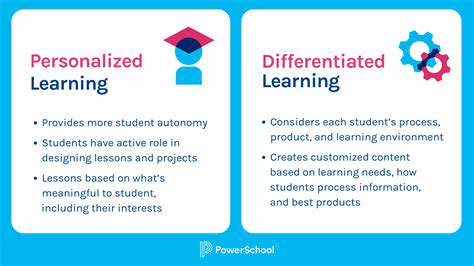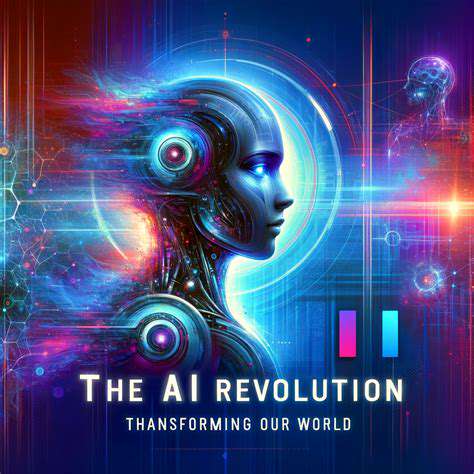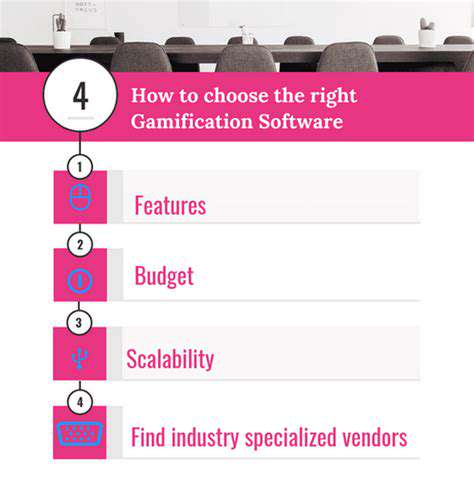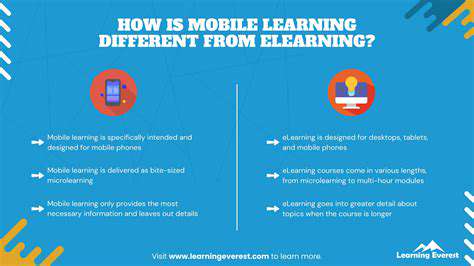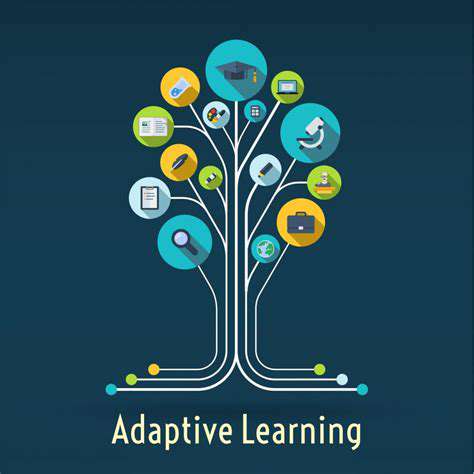From Virtual Labs to Flight Simulators: Immersive Training for All
Virtual Environments for Hands-on Practice
Virtual labs offer a compelling alternative to traditional, often expensive, physical labs. Students can explore complex systems and processes in a safe and controlled environment, repeating experiments and observing outcomes without the constraints of real-world limitations. This iterative approach fosters deeper understanding and allows for a more intuitive grasp of intricate concepts, such as aerodynamic principles or chemical reactions. Students gain confidence by experimenting without the fear of damaging equipment or wasting resources, which is particularly valuable for introductory courses.
The interactive nature of these virtual environments significantly enhances engagement. Students are not passive observers but active participants, manipulating variables and witnessing the immediate consequences of their actions. This immediate feedback loop accelerates learning and reinforces comprehension in a way that static diagrams or written explanations often cannot.
Simulating Real-World Scenarios
A crucial benefit of virtual labs lies in their capacity to simulate realistic scenarios. For instance, in engineering or medical fields, students can practice procedures, diagnose problems, and design solutions in a virtual replica of a real-world environment. This practical experience is invaluable, building practical skills and problem-solving capabilities that are directly applicable to future careers. The ability to safely practice complex procedures in a controlled setting minimizes the risk of errors and allows for repeated attempts without negative consequences.
Accessibility and Scalability
Virtual labs transcend geographical limitations, making learning accessible to students worldwide. No longer confined by the availability of physical labs or instructor presence, students can access these resources anytime, anywhere. This scalability is particularly beneficial for large educational institutions or those with limited lab facilities. Furthermore, the consistent availability of virtual labs allows for flexible learning schedules, accommodating diverse student needs and learning styles.
The ability to easily replicate virtual labs for numerous students simultaneously eliminates the typical bottleneck of physical labs, allowing more students to gain hands-on experience. This enhanced accessibility fosters a more inclusive learning environment and promotes a deeper understanding of complex concepts.
Cost-Effectiveness and Sustainability
The financial benefits of virtual labs are significant. These digital resources often eliminate the need for expensive equipment, reagents, or specialized facilities. This cost-effectiveness extends to both the institution and the individual student, making quality education more affordable and accessible. The sustainable nature of virtual labs further enhances their appeal by reducing the environmental impact associated with resource consumption and waste generation.
Moreover, virtual labs reduce the need for physical space, making them a sustainable alternative to traditional labs. This sustainability factor is increasingly important in today's world, contributing to the overall cost-effectiveness and long-term viability of virtual learning.
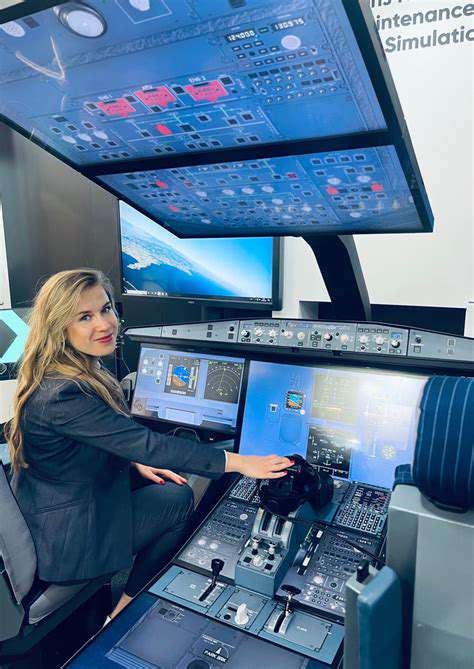
Beyond Aviation: Immersive Training Across Industries
Beyond the Cockpit: Training the Next Generation of Technicians
Immersive technologies, once primarily associated with pilot training, are rapidly expanding their reach across various industries. Beyond the confines of the cockpit, these innovative platforms are revolutionizing the way technicians are trained for complex systems and procedures. Imagine a virtual power plant where trainees can safely experiment with different maintenance scenarios, or a virtual surgical operating room allowing medical students to practice intricate procedures without the risks of real-world complications. This shift towards virtual environments offers unparalleled opportunities for hands-on experience and skill development, vastly improving efficiency and safety across the board. The benefits extend beyond practical application, fostering deeper understanding and a heightened level of confidence in real-world situations.
This approach to training transcends the limitations of traditional methods, allowing for repeated practice and immediate feedback. Trainees can experiment with different solutions to problems, refining their skills and knowledge at their own pace, without the pressures of time constraints or the risk of errors in real-world applications. The ability to simulate diverse and challenging scenarios in a controlled environment prepares technicians for unexpected circumstances, boosting their problem-solving abilities and decision-making skills in high-pressure situations.
Enhancing Collaboration and Communication Skills in Immersive Environments
Immersive training platforms also facilitate enhanced collaboration and communication within teams. Virtual environments provide a space for trainees to work together on complex projects, fostering teamwork and communication skills crucial for success in various fields. The ability to virtually interact with colleagues, clients, and even experts in the field, regardless of physical location, provides a powerful tool for knowledge sharing and skill development. This collaborative aspect is particularly valuable in industries such as engineering, where complex projects require coordinated effort and communication across diverse teams.
Real-time communication tools integrated within these immersive environments allow for instant feedback and guidance from instructors or experienced professionals. This dynamic interaction fosters a sense of community and shared learning, allowing trainees to connect with others, share knowledge, and address challenges effectively. These digital spaces become crucial platforms for knowledge transfer, creating a dynamic learning environment that mirrors real-world scenarios.
Data-Driven Insights and Personalized Learning Paths
Immersive training platforms are not just about replicating real-world environments; they also gather valuable data on trainee performance. This data-driven approach allows for personalized learning paths, adapting to individual needs and skill gaps. By analyzing trainee interactions, responses, and problem-solving strategies, instructors can identify areas needing improvement and tailor training programs to address specific weaknesses. This personalized approach ensures that every trainee receives the most effective and efficient learning experience possible, ultimately leading to higher skill acquisition and improved performance.
The ability to track progress and identify areas for improvement allows for continuous feedback loops and iterative learning. This proactive approach to training not only enhances individual performance but also optimizes the overall efficiency of the training process, ultimately benefiting the organization and its stakeholders. Furthermore, this data-driven approach enables continuous improvement of the training programs themselves, ensuring they remain relevant and effective in addressing the evolving demands of the industries they serve.

Read more about From Virtual Labs to Flight Simulators: Immersive Training for All
Hot Recommendations
- The Gamified Parent Teacher Conference: Engaging Stakeholders
- Gamification in Education: Making Learning Irresistibly Fun
- The Future of School Libraries: AI for Personalized Recommendations
- EdTech and the Future of Creative Industries
- Empowering Student Choice: The Core of Personalized Learning
- Building Community in a Hybrid Learning Setting
- VR for Special Education: Tailored Immersive Experiences
- Measuring the True Value of EdTech: Beyond Adoption Rates
- Addressing Digital Divide in AI Educational Access
- Preparing the Workforce for AI Integration in Their Careers
